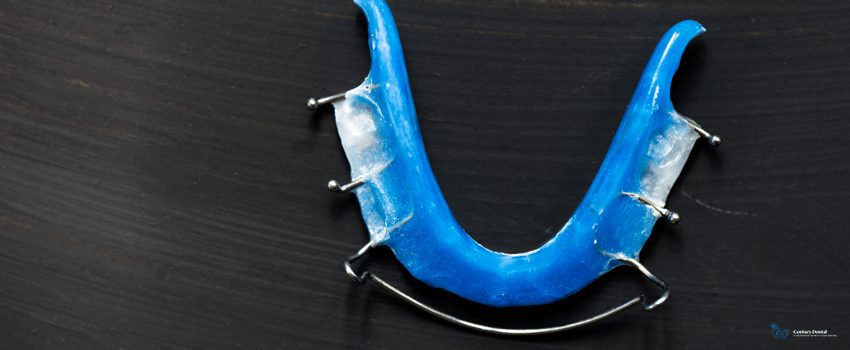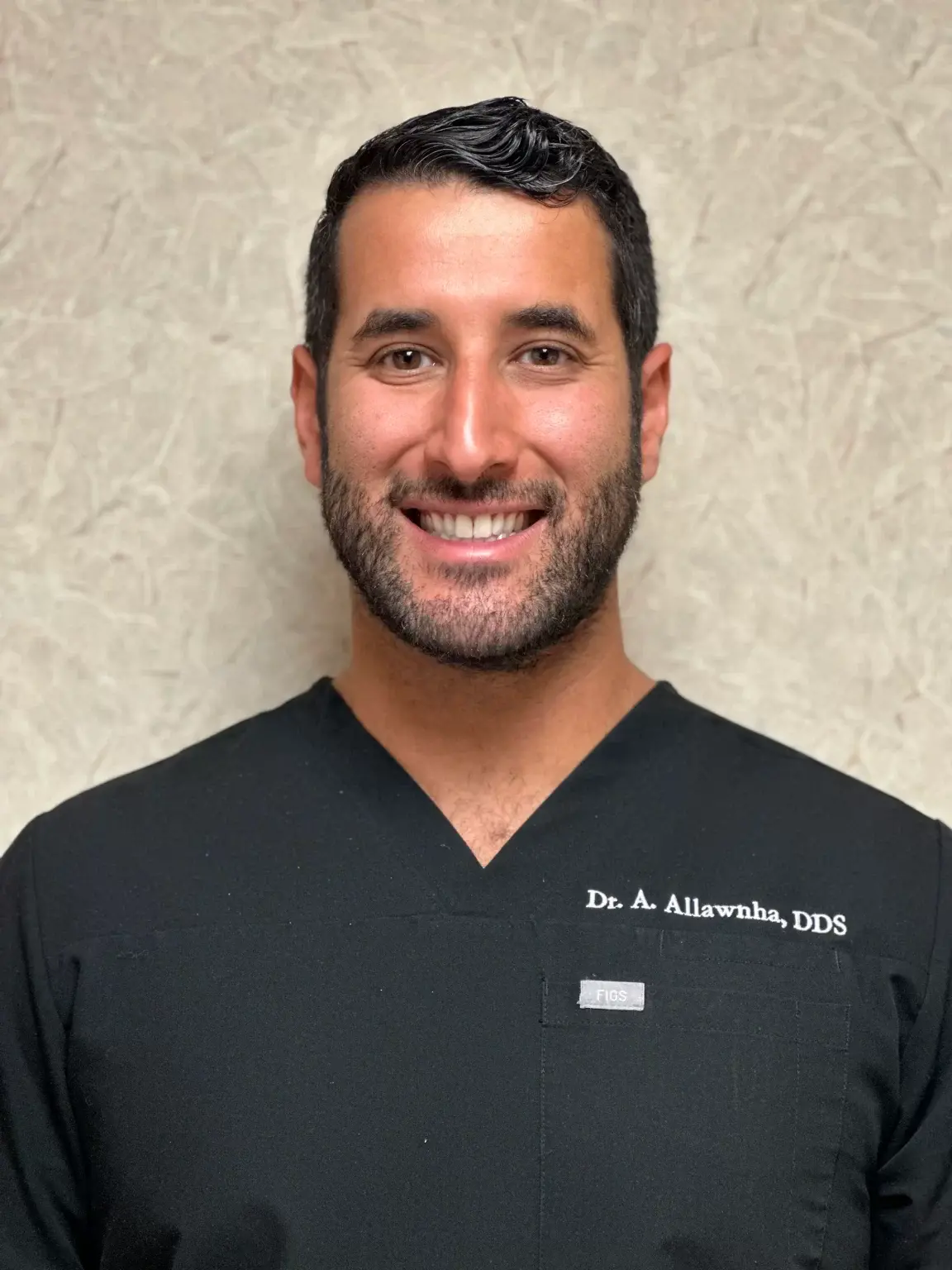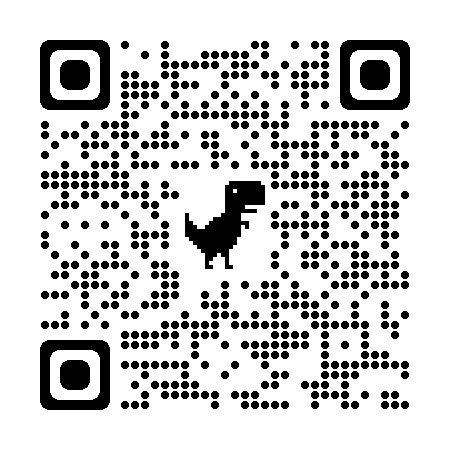Anyone who finishes with braces needs a retainer. Whether you had extensive orthodontic treatment to fix misaligned or crowded teeth or a shorter treatment, a retainer will keep your teeth from returning to their original places.
Wearing one may become annoying, but it’s better than wearing braces again.
What Are Retainers For?
Retainers are part of the teeth straightening process that keep your teeth in place after braces. It takes between four and six months for your newly-straightened teeth to settle into their new positions. They will try to return to their original places, an occurrence known as relapse. Using your retainers as instructed by your orthodontist will prevent it from happening.
Your orthodontist will help you select the correct type of retainer based on your needs and other conditions. You have two types of retainers to choose from: permanent and removable. You might need to use just one, or you might need to use both types.
Most orthodontists recommend wearing removable retainers every day for nine months, then reducing it to wearing them at night. Retainers will always be necessary, but you might have to replace them after a few years.
Removable Retainers
These types of retainers are easy to remove when you need to eat or brush your teeth. They are also more convenient and easier to get. However, they are easy to lose or misplace if you don’t put them in their cases. Leaving them around makes them prone to damage. They may also increase saliva production, and bacteria can grow on them.
Relapse is a common problem with those using removable retainers. Many don’t wear them as much as they should because they are easier to forget. Unfortunately, not wearing them will allow your teeth to shift back to their original places.
There are two types of removable retainers:
Hawley Retainers
Also known as wire retainers, Hawley retainers are made from thin metal and acrylic shaped to fit the roof or the inside of your teeth. The metal wires attached to it run along the outside of the teeth, keeping them in place.
These types of retainers are easy to adjust if you ever need a more comfortable fit and are sturdier than clear plastic retainers. They can last for years with proper care and are easy to repair if necessary.
However, Hawley retainers can significantly impact your speech and they are more noticeable than other types of retainers. They may also irritate your cheeks and lips when you first wear them.
Clear Plastic Retainers
These types of retainers are customized to fit the new placement of your teeth. They are also known as molded retainers, thermoplastic retainers, or vacuum-formed retainers. They are made by creating a mold of your teeth then covered with a thin layer of polyurethane or plastic.
Clear retainers are virtually invisible, making them easier to wear and relapse less likely to occur. Unlike Hawley retainers, clear retainers don’t impact your speech and are more comfortable to wear.
However, they cannot be adjusted and will need to be replaced if you need a realignment. Clear retainers are also impossible to repair if you crack or break them, and they can significantly affect your speech than permanent retainers. Liquids can get trapped inside the trays, which may cause cavities. Your teeth won’t naturally touch when you wear them, and they discolor easily. Lastly, they are more susceptible to warping.
Permanent Retainers
Permanent retainers are made of either a braided or solid wire curved to match the contours of your newly-straightened teeth. They are bonded or cemented to the back of your teeth, usually the lower ones, to prevent them from shifting. Your orthodontist is the only one who can remove them.
Orthodontists often recommend them for patients they think will find it difficult to follow their instructions or for patients with teeth more likely to relapse, like children.
Your orthodontist may remove some of your permanent retainers at some point due to excess plaque buildup or gum irritation.
Some of their advantages are:
-
Following instructions on their use won’t be a problem.
-
Most people won’t notice them.
-
They won’t impact your speech like removable retainers.
-
They are impossible to lose or misplace.
-
They won’t get easily damaged.
They also have the following disadvantages:
-
Maintaining good oral hygiene is difficult because you can’t remove them. It may lead to plaque buildup and tartar, and eventually gum disease.
-
You might not like that it’s attached to your teeth.
-
The metal wire can irritate your tongue.
You should clean permanent retainers every day, just like your teeth. Threaders can make it easier for floss to go under the wire to remove food particles, plaque, and tartar.
How To Clean Your Retainers
Taking care of your retainers will help them last for years; after all, you’ll use them every day until you need to replace them.
How To Clean a Permanent Retainer
Cleaning your permanent retainers should become part of your dental hygiene routine. You can’t take them out, so you will need to floss them with a floss threader.
It will take some practice to master this technique. Horizontally angling your toothbrush will also help you remove plaque buildup and food particles around it.
How To Clean a Removable Retainer
These types of retainers will need more TLC. Wash your removable retainer every time you take it out. Use lukewarm water, and clean them while they’re still damp with your saliva to prevent food from sticking to them.
Your dentist may recommend special soaking products to soak your retainers between uses.
Use a soft-bristled toothbrush to scrub your retainer clean. But, be careful; some kinds of toothpaste are abrasive and can scratch retainers. Ask your dentist for recommendations on the best toothpaste for this type of retainer.
Use a cotton swab dipped in water to clean it if food debris gets caught in your retainer. Do not use a dishwasher or boiling water to clean your retainers.
How Much Are Retainers?
How long do retainers last? It depends; removable retainers last for around 5-10 years, and permanent ones can last for decades. Keep this in mind when thinking about what type of retainer you should use since it might impact how much you’ll be spending on retainers. Hawley retainers range from $150 to $340, while clear retainers may cost from $100 to $285. Permanent retainers are more expensive, with costs ranging from $225 to $550.
Achieve straighter teeth with Century Dental.
You’ll always have a straight smile as long as you keep wearing your retainers. Our dentist near South Pasadena, FL knows which types of retainers after braces treatment will suit your needs and preferences best. Call us at (727) 367-3313 today for more information on our teeth straightening services and any inquiries or concerns. Achieve a better smile today!





